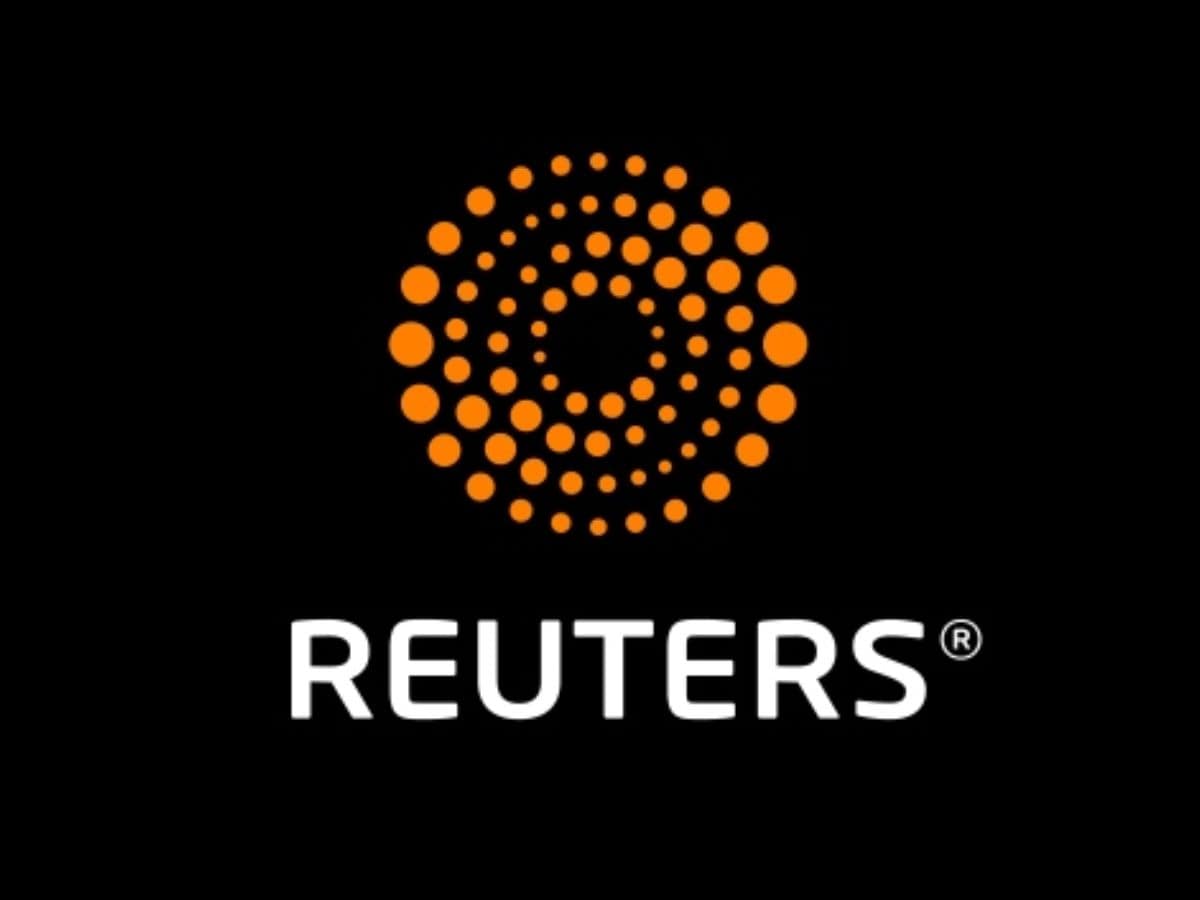In June 2024, Apple presented one of the most ambitious movements in its recent history: the integration of Apple Intelligence into its devices and, with it, a reinvention of Siri. That keynote promised something that many had been waiting for years: a truly useful assistant, capable of understanding the User contextoffer precise answers and execute actions taking into account our personal information. Concert tickets, hotel reservations, shared links in messages or calendar locations: everything would be available to the new Siri.
The enthusiasm was immediate. Apple raised it as an important transformation and, implicitly, as one of the necessary steps to catch up in the race for artificial intelligence (AI), accelerated after the launch of Chatgpt in November 2022. But the illusion evaporated soon. In March of this year, the company confirmed that Siri’s new version would not be available until 2026. The announcement was a dry brake. For many, it was not just a disappointment: it was a blow to the credibility that Apple had been growing for years. And, despite this, the company did not offer too many explanations. The future simply was postponed.
We cannot deny that Apple knows how to handle times. Dominates as nobody the art of anticipating what is to come, even when what it appears apparently is not completely finished. John Gruber hinted at him, one of the most influential voices in the Apple environment, noting that some of the functions presented at the WWDC probably did not exist as such. Or, if they did, they were still far from being functional.
The secrets behind one of the most epic technological presentations in history
And it is not the first time. In fact, this strategy has a clear precedent, perhaps the most revealing of all: the presentation of the first iPhone in 2007. An event that has become myth within the history of technological marketing, with Steve Jobs announcing “a revolutionary and magical product.” But what few knew then, and many still ignore today, is that this device just worked on the day of their debut. Literally.
A report by The New York Magazine, based on interviews with ancient Apple employees, reveals the ins and outs of that historical Keynote. Among the testimonies, Andy Grignon, a senior engineer responsible for the device communication modules, stands out. According to the iPhone software, it was plagued with errors: the songs were half reproduced, the videos tended to block and The system could collapse If the tasks were not executed in the precise order. The memory was so limited that a few simultaneous operations were enough to cause a restart.
Given such a panorama, the engineers designed an emergency solution: “The Golden Way.” It was an exact sequence of actions that Jobs had to continue without deviating a millimeter. Only then could they make sure the phone did not stop responding in full demo. To cover your back, Jobs would have several identical units on stage. If one was blocked, it would happen to the next without the public noticing.
To that technical tension, they explain, the aesthetic demand was added. Jobs didn’t want a camera to sign up for the device to show it on screen. I wanted one direct projectionclean, without visual interference. To achieve this, the engineers incorporated personalized plates and video cables that extracted the signal of the iPhone itself and sent it to the projector. It was a fragile and artisanal system, but it fulfilled its mission: it made everything seem natural, almost magical.

The wifi was another headache. With thousands of people in the room, many with technical knowledge, connectivity could be compromised. To avoid this, Apple modified the Airport software responsible for giving connection to the iPhone, adapting it to operate at frequencies reserved to Japan, outside the usual range in the United States. A risky, but effective trick to ensure a stable signal during the presentation.
The calls were also carefully prepared. AT&T, at the time exclusive partner of the iPhone, installed a portable mobile tower To guarantee a stable signal. Even so, demo devices were configured to always show five coverage bars, regardless of the real quality of the connection.
Against all forecast, the presentation was impeccable. Jobs followed the script with surgical precision: he showed music and videos, sailed on web pages, sent messages, made a call, explored photos with tactile gestures and, in one of the most iconic moments, used Google Maps to locate a Starbucks and ask, as a wink, 4,000 coffees. The public surrendered. No one could imagine that this advanced iPhone was, at least at that time, a perfectly rehearsed staging.

The level of secrecy was such that, according to The New York Magazine, one of the engineers interviewed assured that some suppliers, such as Marvel Technologies, did not know until the same day of the presentation that their Wi -Fi and Bluetooth chips were being used on a mobile phone, and not on an ipod. Apple even designed false schemes to mislead and avoid leaks.
We may be, once again, before one of those staging that Apple dominates like nobody. We do not know with certainty how advanced is the new Siri, but the truth is that, unlike what happened with the iPhone, We are still waiting to see your most ambitious proposal in years. Siri aims to become a transforming tool, but for now it has not gone from being a promise.
Images | Apple (1, 2)
In WorldOfSoftware | The new M3 ultra marks a turning point: Apple will not create an ultra version for each generation











